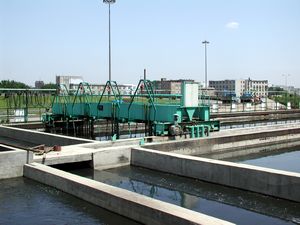Water Quality Modelling of the Liao River Basin, NE China
One of the key tasks of the EU-China funded Water Resources Management Component of the Liaoning Integrated Environmental Programme (LIEP) was the setting up of a water quality model, which could be used as a tool to assess the relative impact of proposed pollution control interventions.
As the EU team leader of the Water Resources and Quality Section, Andreas de Jong
and his Chinese counterpart were faced with a limited amount of data and less than a year to cover an area the size of
Denmark. A pragmatic approach had to be adopted. After evaluating several options
it was decided to build a steady state water quality model to get a strategic overview of the basin, while data collection continued for a dynamic water
quality model.
The modelling results formed the focus of many discussions and drew interest from a wide range of organisations, including the World Bank. It was a key tool in the development of the Liao River Basin
Strategy, set up by the WRM component. The strategy led to investments in waste water treatment plants exceeding 200 million US$.
In 2001 the model was acknowledged by the Labour Union as one of the ten best products produced in Liaoning Province.
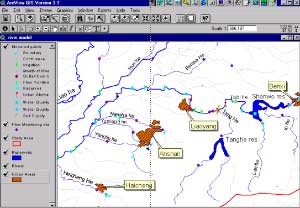
River schematics were prepared based on the GIS information.
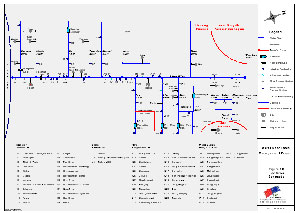
The Steady State Water Quality Model was built based on the river schematics. This required several hundred nodes for the Liao, Hun and Taizi river systems.

The model was run with various decay coefficients to compare the modelled values of COD and NH4-N with actual water quality measurements.
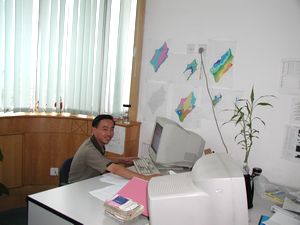
The model output for each of the nodes was fed back into the GIS which was used as a spatial presentation tool.
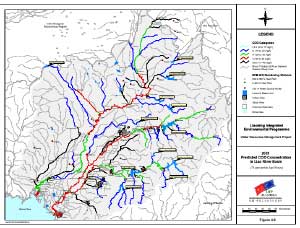
Long river sections of the modelled water quality were prepared to show the predicted improvements of COD and NH4-N concentrations following the implementation of key WWTWs.
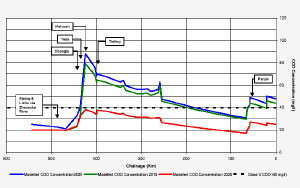
The steady state water quality model was run to test a range of strategy options. It highlighted the need for implementing stringent discharge standards for the proposed waste water treatment plants.
